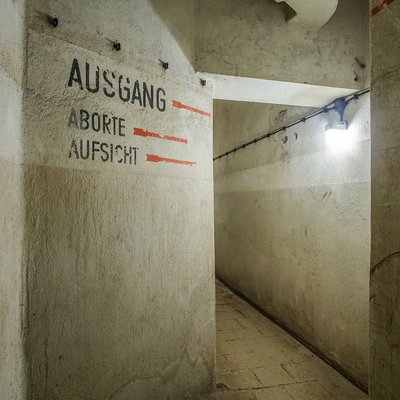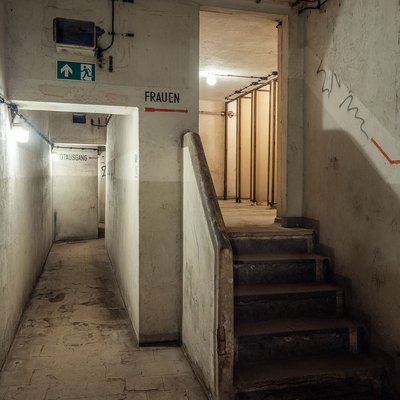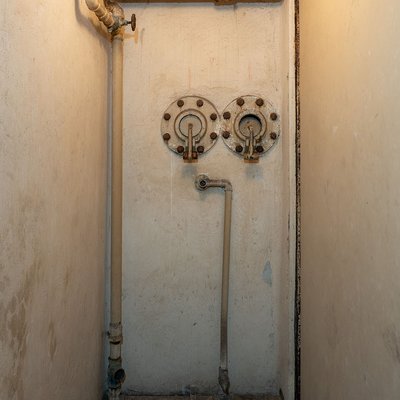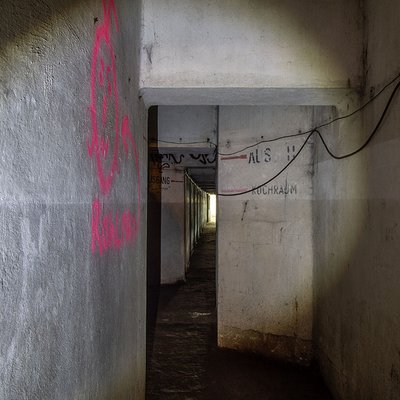Impressions
 © Isabella Scheel
© Isabella Scheel
 © Isabella Scheel
© Isabella Scheel
 © Isabella Scheel
© Isabella Scheel
 © Isabella Scheel
© Isabella Scheel
 © Isabella Scheel
© Isabella Scheel
 © Isabella Scheel
© Isabella Scheel
 © Isabella Scheel
© Isabella Scheel
 © Isabella Scheel
© Isabella Scheel
 © Isabella Scheel
© Isabella Scheel
 © Isabella Scheel
© Isabella Scheel
 © Isabella Scheel
© Isabella Scheel
 © Isabella Scheel
© Isabella Scheel


